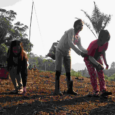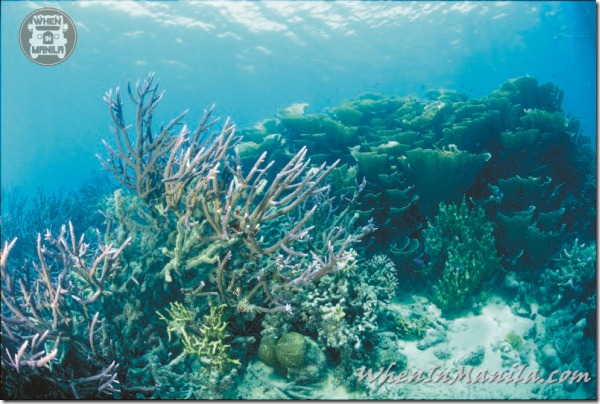
When In Manila, think of sustainable connections
Business and environmental concern do not have to be mutually exclusive, as these pearl farmers demonstrate when they help enrich the community in which they work
THE MARK of a good organization, they say, is when it leaves its environment in a better state than when it first got there. With their main enterprise being critically dependent on the health and quality of the environment in which pearls are cultured, pearl farmers inevitably make it part of their mission to make their home turf a cleaner, greener place.
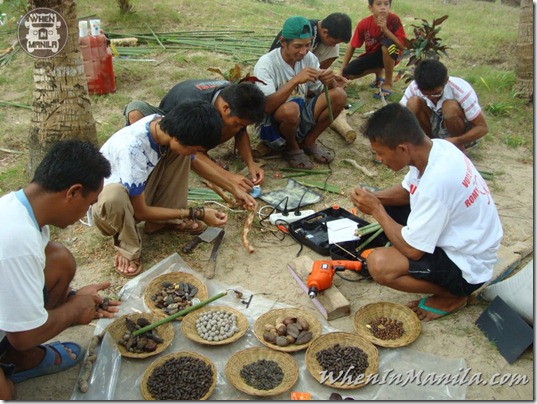
Residents of nearby communities are being trained by SPSF to channel their creativity through handicraft making. Their works of art are created using material that is readily available such as seeds, rocks
The Save the Palawan Seas Foundation (SPSF) was established in 2005 by pearl farmers Manuel Cojuangco and Jacques Branellec, and underscored the link between conservation and livelihood. The goal was to provide alternative sources of income in coastal communities, through which people could earn money without hurting the environment. The foundation also hoped to help formulate long-term conservation and management strategies for the province’s marine resources, so as to ensure a better life for everyone who depended on the sea to survive.
Through its Baras Marine and Agriculture Research Center (BMARC), the foundation has established a variety of projects, mainly in Sitio Calabugtong, in the municipality of Taytay, Palawan, which SPSF hopes to turn into a model community. Fishing is the main source of income in this area, but with the prevalence of dynamite and cyanide fishing, marine resources have been drastically depleted; thus, the need to find other means. The projects established include organic vegetable farming and beekeeping.
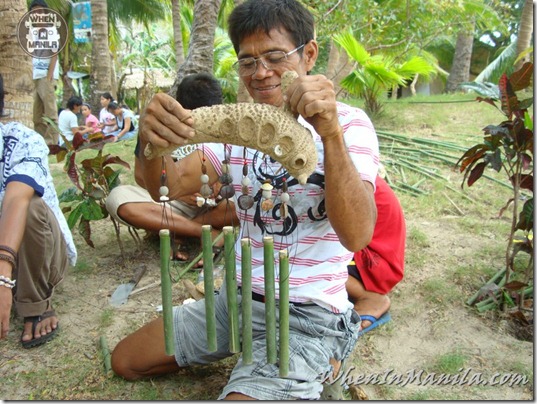
Residents of nearby communities are being trained by SPSF to channel their creativity through handicraft making. Their works of art are created using material that is readily available such as seeds, rocks, old magazines, and stones.
The beekeeping project was started in November 20, 2008 with the help of volunteer bee experts from France, who shared their expertise with locals as well as the indigenous Mulbog and Pala’wan communities. The people learned how to harvest valuable bee products such as honey, propolis, and wax, while helping protect the area’s biodiversity by maintaining healthy bee colonies.
Also launched in 2008, the organic vegetable farming project initially involved five families who received training and materials to start planting organic vegetables in their backyards. Many other families were soon clamoring to participate in this project, which provided healthy food as well as a source of income. SPSF regularly monitors the project, which has been highly successful; families now produce more vegetables than they need, thus making a good income from selling produce to their neighbors.
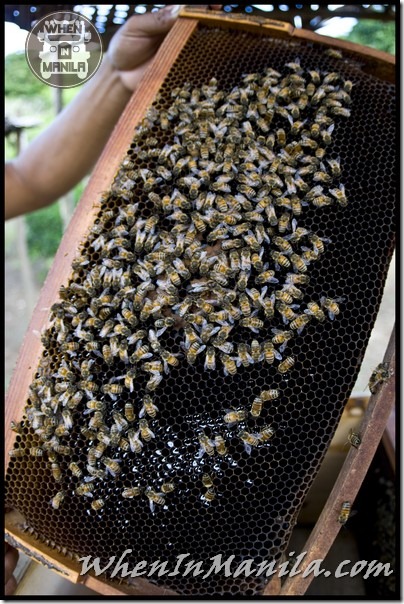
One of SPSF’s ongoing activities is a bee apiary, which aims to aid in the repopulation of bees in the island. Bees are pollinators that are essential plant reproduction.
Meanwhile, 600 families, mostly indigenous peoples, from five barangays in the municipalities of Balabac and Bataraza have been the beneficiaries of seaweed farming start-up operations. This option is considered ideal, as it reduces the need for dynamite and cyanide fishing, leads to an increase in fish population, and motivates people to take better care of their environment.
SPSF has also collaborated with other groups for various activities. A joint project with Earth Rights, People’s Rights (ERPR) works for the protection and development of ancestral domains of Indigenous People’s Groups, while Memoranda of Agreement (MOA) with Reef Check Philippines and the World Wide Fund for Nature-Philippines involved marine environment information campaigns and the monitoring of coral reefs.
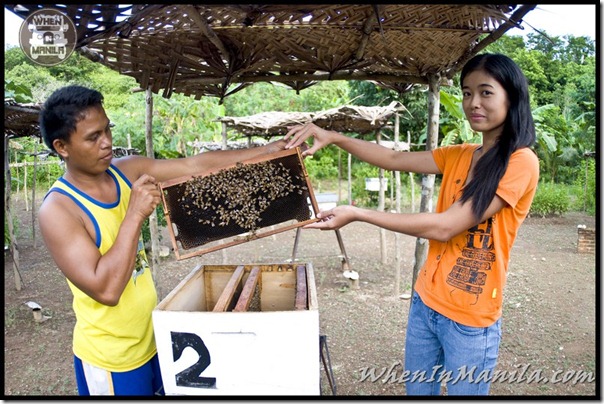
One of SPSF’s ongoing activities is a bee apiary, which aims to aid in the repopulation of bees in the island. Bees are pollinators that are essential plant reproduction.
The foundation has helped in the distribution of tuba-tuba seedlings (a possible biofuel source), coconut seedlings, piglets, and other revenue sources. It has sponsored conferences, seminars, medical missions, and information campaigns all over Palawan. In January 2010, SPSF brought 610 books to the Calabugtong Elementary School, donated by a private school. More recently, the foundation concluded a tree planting activity as well as the Calabugtong Medical Mission. Annually, the foundation also sponsors celebrations for World Food Day, Indigenous People’s Month, Christmas, and even an Environmental Thanksgiving Day.
It’s a total immersion and a deep sense of connection with their host community that these farmers are proud of. “In the process, we have been transformed from entrepreneur to community facilitator and mover, from businessman to father, brother, and spiritual adviser,” says Manuel Cojuangco. “And the greatest feeling of satisfaction comes from the many interactions and relationships that have been built and forged through shared adversity as well as success.”
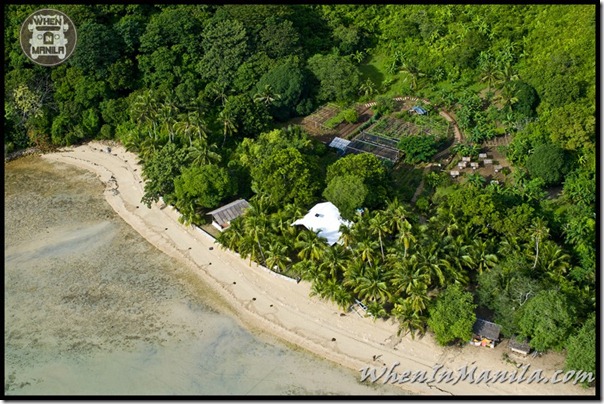
An aerial view of the SPSF base site: BMARC (Baras Marine and Agricultural Research Center) in Calabugtong Island, Taytay, Palawan.
Save Palawan Seas Foundation SPSF

